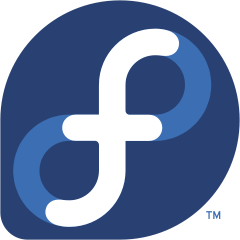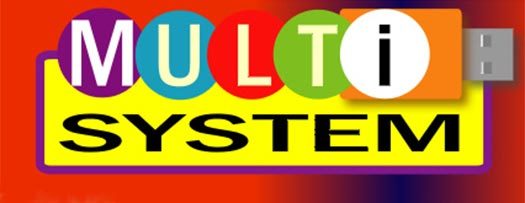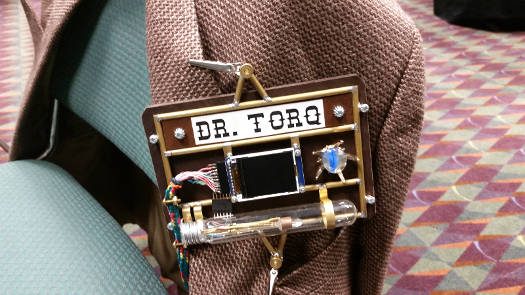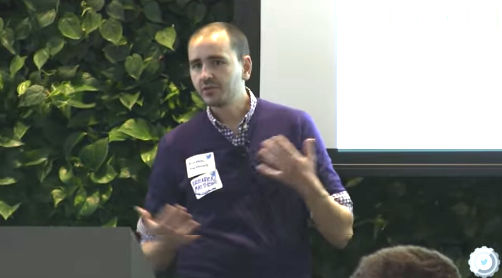While the Linux Foundation’s executive director Jim Zemlin’s opening keynote address at LinuxCon 2016 was filled with visions of the past, present and future of Linux and open source, the focus was on the enterprise and making money.
Op-ed
“Linux. We made it. Twenty-five years.”
With these words Jim Zemlin, the executive director of the Linux Foundation, opened up LinuxCon North America, this year being held on the northwest shore of Lake Ontario in Toronto. As expected, the opening keynote address was a 25 minute pep rally that was long on the enterprise and short on the desktop or any other area where Linux is important but not lining anyone’s pockets with cash.

Christine Hall has been a journalist since 1971. In 2001, she began writing a weekly consumer computer column and started covering Linux and FOSS in 2002 after making the switch to GNU/Linux. Follow her on Twitter: @BrideOfLinux




 Better Fedora laptop support on the way: Red Hat has made an announcement that should eventually have a positive effect throughout all Linux distros. Today we learned from
Better Fedora laptop support on the way: Red Hat has made an announcement that should eventually have a positive effect throughout all Linux distros. Today we learned from 


 FCC supports open source Wi-Fi firmware. For the last several months many open sourcers have been up in arms because it looked as if the door was being closed on open source on Wi-Fi routers after the agency changed it’s rules around radio interference on the 5 GHz band, making it difficult for router makers to allow users to install open source firmware on their routers. All along, the FCC claimed that shutting out open source use wasn’t part of the game plan, but we FOSSers are a suspicious lot and we weren’t buying it.
FCC supports open source Wi-Fi firmware. For the last several months many open sourcers have been up in arms because it looked as if the door was being closed on open source on Wi-Fi routers after the agency changed it’s rules around radio interference on the 5 GHz band, making it difficult for router makers to allow users to install open source firmware on their routers. All along, the FCC claimed that shutting out open source use wasn’t part of the game plan, but we FOSSers are a suspicious lot and we weren’t buying it.

 LibreOffice has been in the news this week. The big story, which we first heard on Tuesday, is that Canonical has joined
LibreOffice has been in the news this week. The big story, which we first heard on Tuesday, is that Canonical has joined 


 The meeting came about because Reglue’s booth was right across the aisle from OpenShot’s booth. and their display caught my eye immediately. I’ve worked with many video editing tools over the years, and frankly, I’ve usually ended up paying someone to do the work for me because I found the level of complexity and the learning curve to be insurmountable. So being placed this closely to the OpenShot Studios booth rang out as a golden opportunity, which indeed it was.
The meeting came about because Reglue’s booth was right across the aisle from OpenShot’s booth. and their display caught my eye immediately. I’ve worked with many video editing tools over the years, and frankly, I’ve usually ended up paying someone to do the work for me because I found the level of complexity and the learning curve to be insurmountable. So being placed this closely to the OpenShot Studios booth rang out as a golden opportunity, which indeed it was.